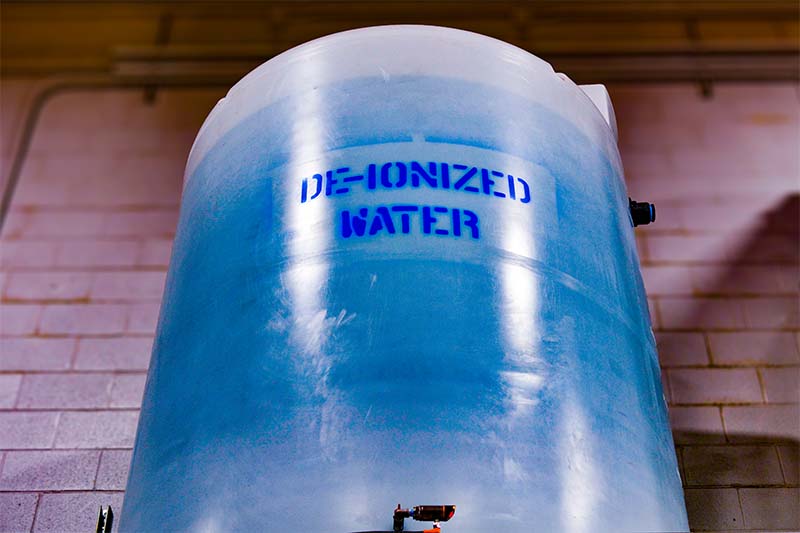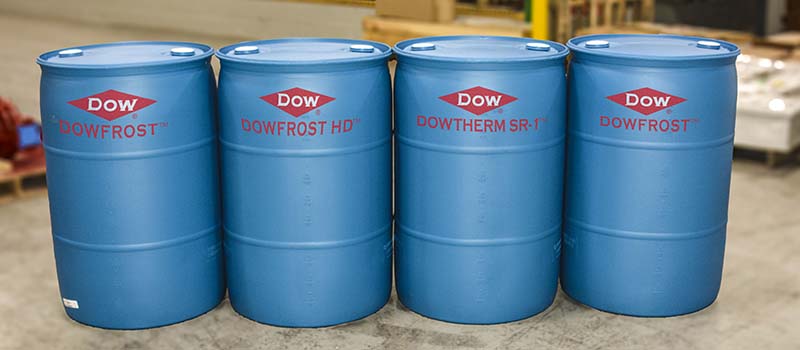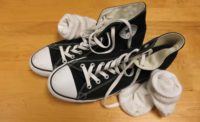Antifreeze is one word that hydronic system owners should understand. For the hydronic HVAC contractor, this antifreeze is more accurately described as the heat transfer fluid necessary for the proper functioning of hydronic systems in different regions of the country. Primarily referred to as glycol, the product comes in different formats. According to the professionals at Go Glycol Pros, an e-commerce distributor of Dow® heat transfer fluid, hydronic contractors should recognize that each type of glycol has unique properties and operating ranges. The employee-owned company is not only dedicated to selling glycol but also to expanding its capabilities of HVAC hydronic system expertise and troubleshooting.
“Be sure to take the time to understand the needs of your system and select a glycol accordingly,” said Alex Hogle, marketing and customer relations at Go Glycol Pros. “If you need help to determine the proper fluid for your needs, contacting a specialist is the best first step.” Following are more do’s and don’ts to consider when it comes to glycol.
1. Do use glycol if there is a freeze potential. Snowmelts, hydronic air coils in attics, and vacation homes that are prone to power outages are good examples of systems that need glycol, according to Bob “Hot Rod” Rohr, trainer for Caleffi North America. He suggests that contractors only use glycol if there is a freeze potential. Solar thermal applications, for example, can experience severe conditions.
Energy.gov spells out some of the consequences of these severe conditions and cautions that solar water heating systems, which use liquids as heat-transfer fluids, need protection from freezing in climates where temperatures fall below 42ºF. The agency noted that relying on insulation to deter freezing isn’t a successful approach.
“Solar water heating systems that use an antifreeze solution (propylene glycol or ethylene glycol) as a heat-transfer fluid have effective freeze protection as long as the proper antifreeze concentration is maintained,” said Energy.gov’s website. “Antifreeze fluids degrade over time and normally should be changed every 3-5 years. Since these systems are pressurized, it is not practical for the average homeowner to check the condition of the antifreeze solution.”
2. Don’t unbalance the glycol in the system. According to Hogle, more glycol is not better — it is just more.
“Since glycol is more viscous than water, the more glycol you add to your system, the less efficient your fluids will be at transferring heat,” she said. “This means that you should take care to identify your required glycol concentration and be sure not to add too much more, since there is a tradeoff between the protection glycol provides and heat transfer efficiency.”
An important part of maintaining the correct balance is knowing what equipment is being worked on.
“If a system is utilizing glycol, instead of pure water, that mixture has a different heat transfer rate with potentially five to 10 percent less efficiency than water due to its viscosity,” said Walter Timerson, HVAC technical educator at the Isaac Training and Education Center (ITEC). “Standard mixtures are 50/50 in most boilers, depending on the type of system, mixtures of 60/40 or 70/30 in snowmelt, ground source heat pumps, and solar water heating systems are common.”
He explained that when water is added to the system by way of the pressure-reducing valve to keep the pressure in the system due to leaks or repairs, the glycol can be diluted, and the effectiveness of the freeze protection is lost.
3. Do check the glycol yearly. That is the ideal timeframe for analyzing the pH and freeze protection levels, said Rohr. According to Go Glycol Pros, glycol pH level should range between 8.0 and 10.0 to minimize corrosion and glycol degradation.
“Using narrow range pH paper is an easy and reliable way to read your pH level,” said Hogle. “A pH tester can also measure alkalinity or acidity of the fluid. Any fluid with a pH below 7.0 should be replaced. For fluids between 7.0 and 8.0, adjustments can be made using a 50 percent solution of sodium hydroxide or potassium hydroxide.”
Rohr also noted that certain systems, like those for solar thermal, can be exposed to harsher conditions and should likely be checked every six months instead of yearly.
4. Don’t pour just any glycol into the system. It almost goes without saying that automotive antifreeze should never be used, said Rohr. Despite that, there are multiple types and qualities of glycol to be considered for use in HVAC systems.
“Propylene glycol is a less toxic fluid; however, ethylene glycol has a little bit better heat transfer, often at a lower cost,” said Rohr. “I would not recommend ethylene glycol in any system that has a domestic water exchange, but it is still common in industrial and commercial process applications.”
Choosing a glycol solution may have some variations, but mixing them is a non-starter.

“Buying premix avoids mixing the fluid improperly,” said Rohr. “Both mix percentage and filtered water are used in premixed hydronic glycols. If glycol must be site mixed, it should only be done with deionized water.”
Hogle explained that ethylene and propylene glycol have different fluid, toxicity, and heat transfer characteristics that will actually prevent the system from operating correctly when mixed.
“If you require a food grade propylene fluid, mixing ethylene glycol will create a hazard that requires a complete drain, clean, and flush before refilling with correct glycol fluid,” she said. “Mixing different brands glycol-based heat transfer fluids is also not recommended. Each type of glycol has different characteristics. Mixing glycols will result in unknown protection, inhibitor, and toxicity levels.”
If there is ever a question as to what heat transfer fluids a system contains, there is a Dow® free fluid analysis test kit that contractors can use. The company will then provide a complete breakdown of what is in the fluid.
“While both ethylene and propylene glycol have similar freezing points — ethylene glycol is 9°F and propylene glycol is minus 4°F — ethylene glycol has a higher toxicity level, making it more harmful to handle for the technician,” said Timerson. “Both possibly may start to deteriorate seals, gaskets, and components over time, and with those problems, leaks can develop.”
5. Do dispose of glycol properly. Small amounts of ethylene glycol, if swallowed by people or pets, can cause health problems. That includes trace amounts that can be found from used portions being poured onto the ground as well as into drains, sewers, or septic systems.
“This practice will contaminate the groundwater or surface water,” said Hogle. “Improper disposal may also result in drinking water supplies becoming contaminated. It is estimated that between 25 to 50 percent of the yearly worldwide 800 million gallons of coolant sold each year ends up improperly disposed of in the environment.” (See sidebar.)
6. Don’t assume that all glycols are equal. The quality of glycol matters, and not all glycols are made equal, said Hogle. Recycled glycols for example, can be made from used fluids such as waste aircraft deicing fluid. These recycled glycols can be lower in quality and are subject to less performance testing.

COLOR MAY VARY: While dye color may differ by suppler, DOWFROST HD Inhibited Propylene Glycol is bright yellow to green in color while DOWFROST Food Grade Inhibited Propylene Glycol is water white, or colorless.
“Suppliers source glycol and, depending on the supplier, then blend in additives such as corrosion inhibitors and performance enhancers,” said Hogle. “When suppliers source their glycol, they pay more for high-quality, or high-purity, glycol. Contractors need to be aware of bargain-brand, glycol-based heat transfer fluids that can be made from lower-quality glycol.”
Some corrosion additives may be a problem for certain systems, but Timerson also warned that using non-corrosion-inhibiting glycol should be avoided in some cases.
“When mixed with hard water, the life expectancy of the glycol can be shortened as well as damage system components,” he said. “Corrosion-inhibiting glycol can extend the life expectancy of the glycol in the system greatly.”





